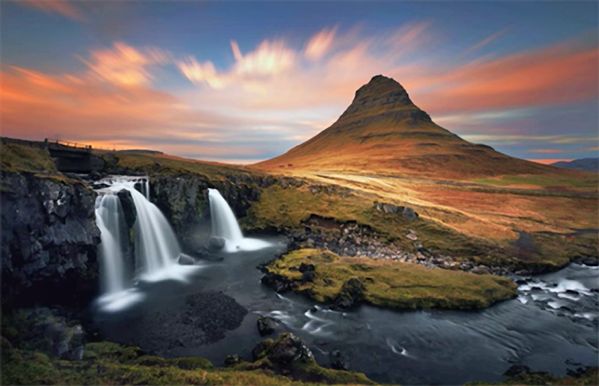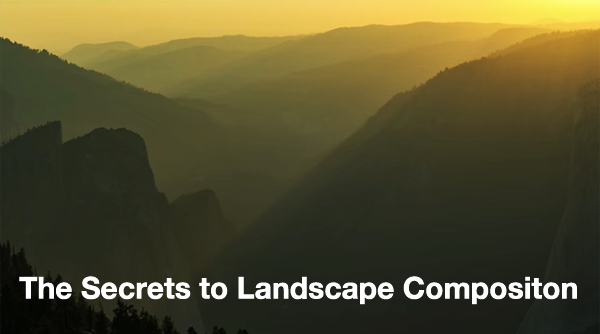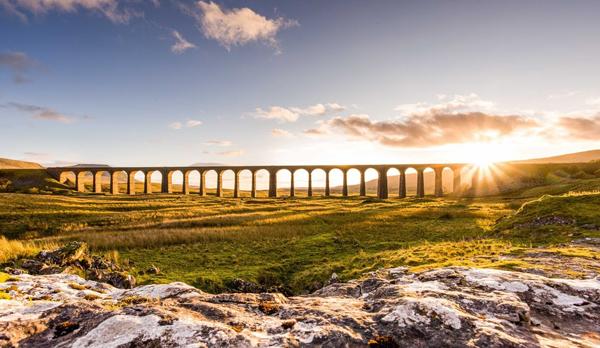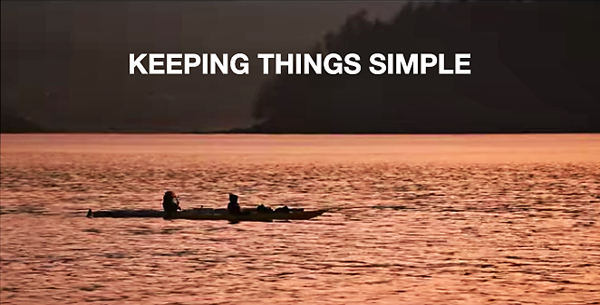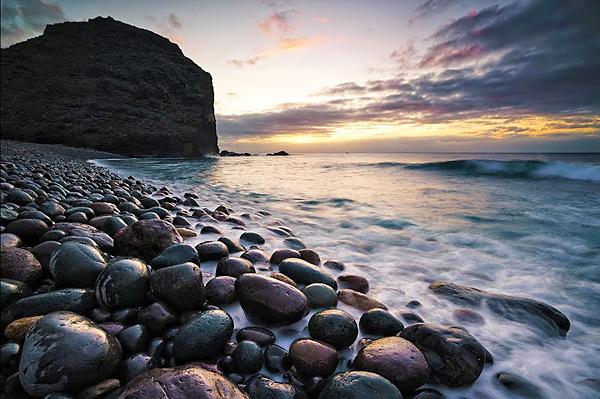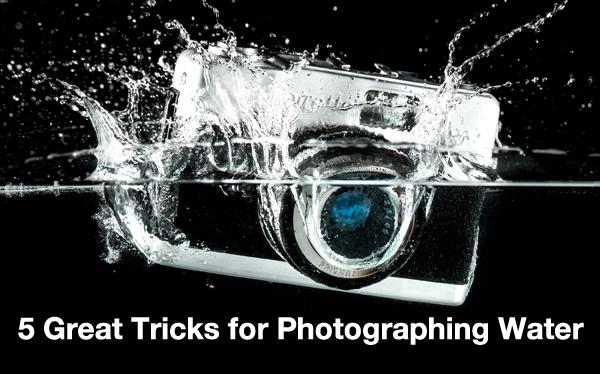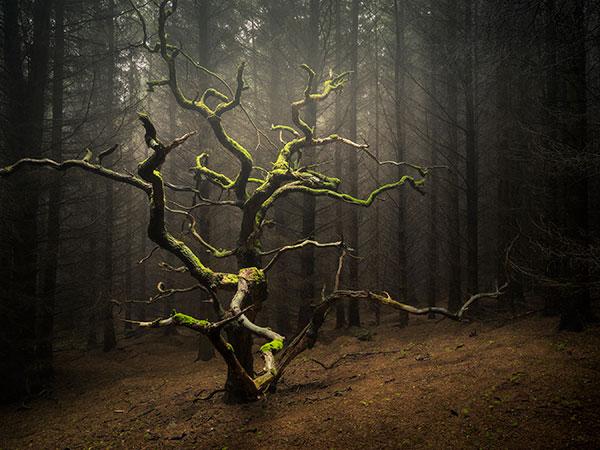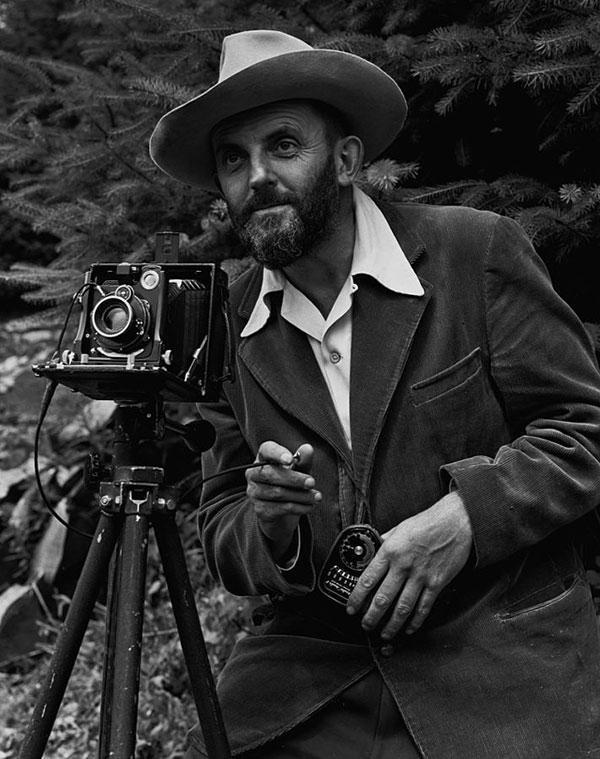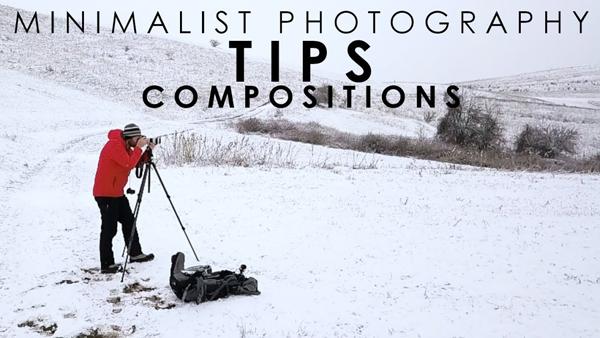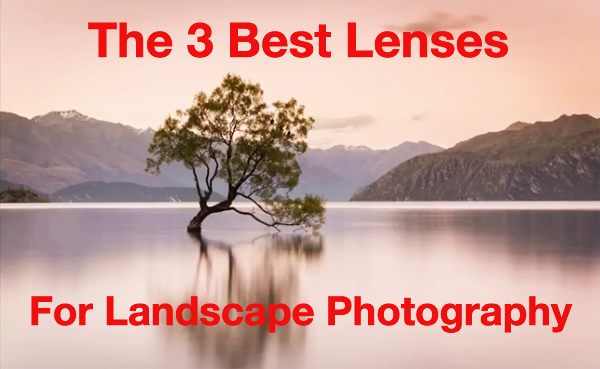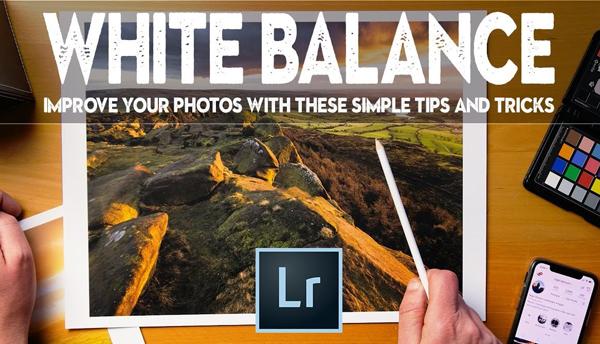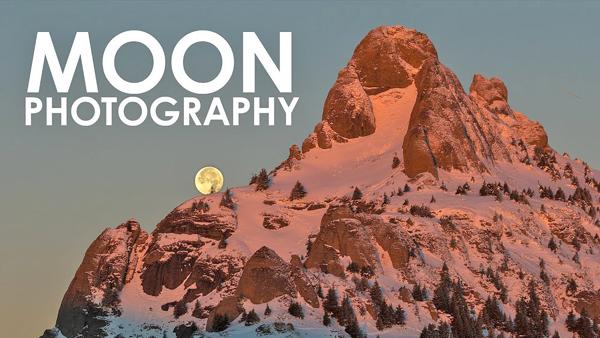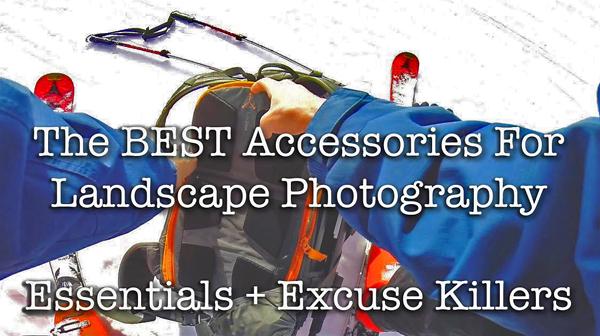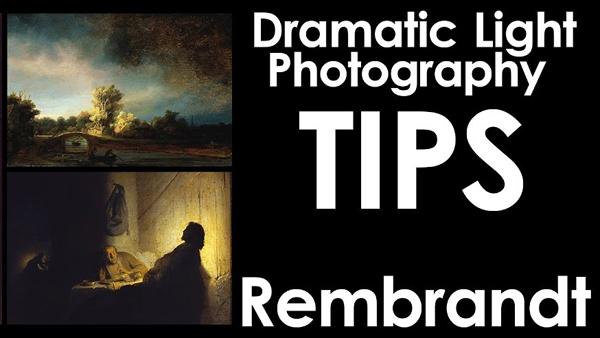Nature Photography How To
Sort By: Post Date TitlePublish Date
|
Mar 07, 2018 |
|
Mar 05, 2018 |
|
Mar 05, 2018 |
|
Feb 28, 2018 |
|
Feb 27, 2018 |
|
Feb 23, 2018 |
|
Feb 21, 2018 |
|
Feb 21, 2018 |
|
Feb 20, 2018 |
|
Feb 16, 2018 |
|
Feb 16, 2018 |
|
Feb 15, 2018 |
|
Feb 15, 2018 |
|
Feb 14, 2018 |
